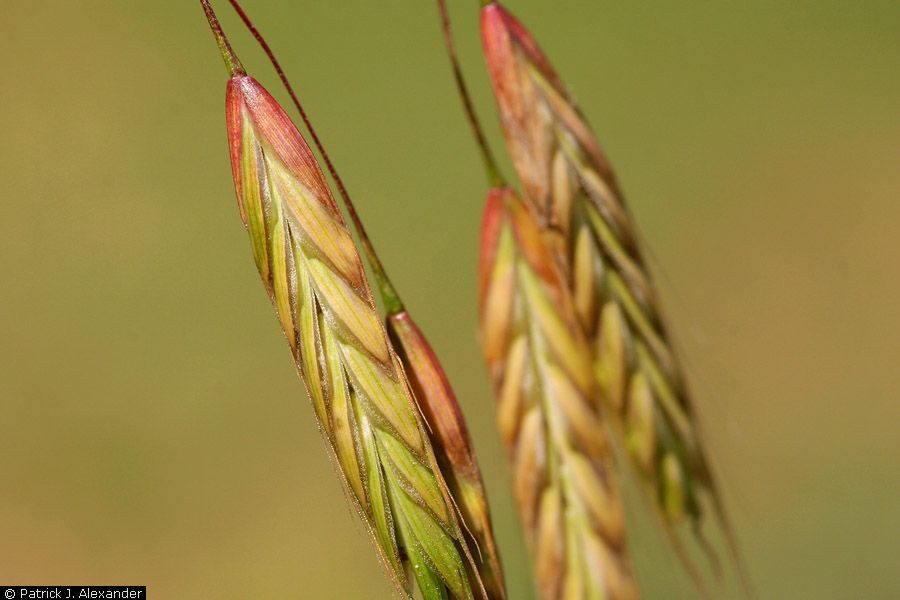Events

Soil moisture 101: What it means, how it’s measured
Webinar recording. The National Integrated Drought Information System (NIDIS) and the National Weather Service (NWS) are pleased to host two webinars on soil moisture data and applications. The webinars are…

Aviation Use Summary (AUS): Analytics to inform decisions and manage wildfire risk
Webinar recording. Presented by: Crystal Stonesifer Aircraft are important fire management tools, but their use can bring substantial costs and associated risks. We developed the Aviation Use Summary (AUS), which is…

Forest Health in Oregon 2022: State of the State
Virtual conference proceedings. The Forest Health in Oregon: State of the State conference occurs every-other-year and is meant to summarize forest health issues in Oregon and the Pacific Northwest. The…

Modern approach to quantifying ungulate carrying capacity
Webinar recording. Presented by: Matt Reeves Estimating the number of animals that can be sustainably supported depends on numerous factors such as forage quantities, terrain, distance from water, and the type…

Native Seed in Restoration Virtual Workshop- Recordings Available
Workshop recordings. Description: The workshop aims to bring together experts working in seed-based restoration around the world to discuss key elements of the native seed supply chain. This event is…

NASA System-Wide Safety Wildland Firefighting Operations Virtual Workshop
Workshop recordings. The aim of this workshop is to better understand how NASA and community expertise can be leveraged in the development of systems that monitor, assess, mitigate, and assure…

OBIWAN app: Estimating property-level carbon storage using NASA’s GEDI Lidar
Webinar recording. Presented by: Sean Healey and Zhiqiang Yang Forest managers increasingly require statistically grounded estimates of forest carbon storage at the resolution of individual ownerships (a few thousand acres). Carbon offset markets and…

Basic identification of grasses: A 2-day short course
The Basic Identification of Grasses two-day short course covers the unique taxonomy of about 50 different grasses and grass-like plant genera. This class is for beginner through intermediate agrostologists and…

Influence of grazing and weather on sagebrush birds
Webinar recording. Description: Effects of juniper encroachment and removal on multiple wildlife species in the Steens Mountains area and quantifying effects of grazing on sagebrush ecosystems and associated wildlife. Presenter: Vanessa Schroeder is a faculty research assistant at Eastern Oregon Agricultural Research Center-Burns, which is in the heart of Oregons’s sagebrush country. She holds a…

Science X Water webinar series
Webinar join links and recordings. The SCIENCE X webinar series brings together scientists and land management experts from across U.S. Forest Service research stations and beyond to explore the latest science and best practices for addressing large natural resource challenges across the country.

